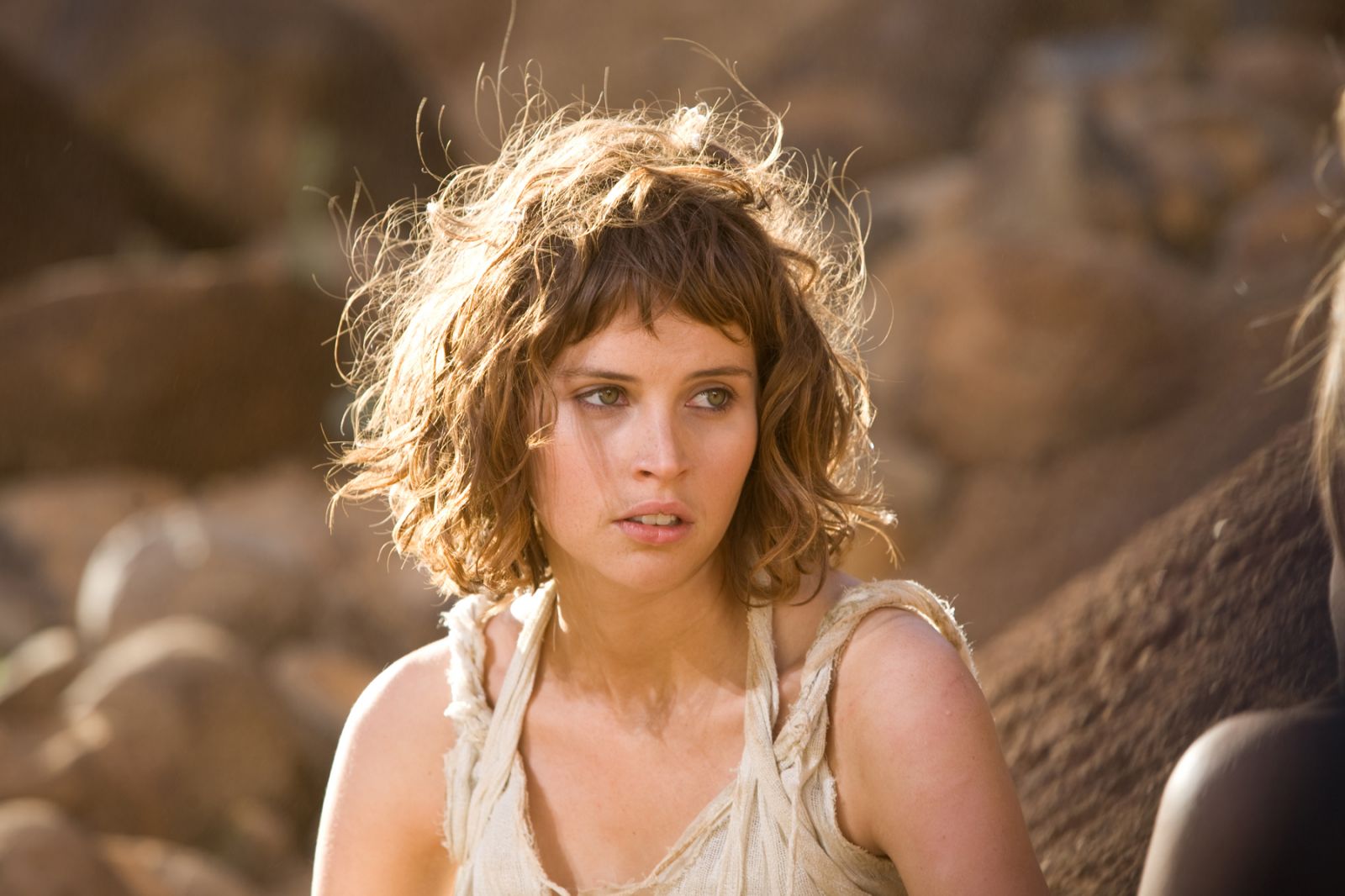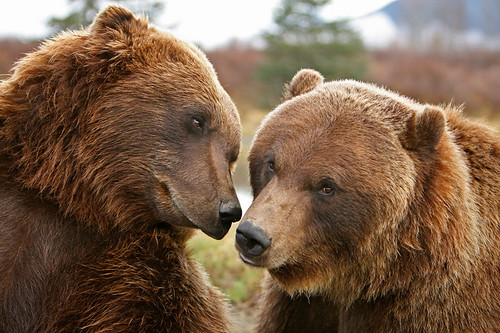Attractiveness
The common perception of and among thru-hikers is that the women look closer to men, and the men look closer to wild animals. It's true that standards of physical upkeep necessarily decline when you spend 4-6 months in the woods. Almost all the men grow beards without trimming them (see my friend Soulslosher in part three for an exception), because hey when are you going to get to do that again? Some people start six months early on the beard and have some truly impressive growth by the time they're in Maine. I didn't cut my hair once on the AT, which I regretted because it was stinking hot most of the time.
Some women start with boy haircuts, also because it's stinking hot most of the time. Many don't shave their legs or armpits because a razor is just extra crap to carry in your pack. The very first time I met my friend A-Game near Franklin, NC, she was enthusiastically holding forth to a crowd of male listeners about how she wasn't planning on shaving her legs the entire way (she gave in when she left the trail to go to her 5-year college reunion in June).
So the men all grow disgusting beards and the women don't shave, unless it's their head. Sounds terrible. Except it's really not. As a whole, beautiful people tend to stay beautiful, regardless of how well-kempt they are. If you're hiking, you're just as grungy as everyone else is and don't really have a leg to stand on if you want to complain. Moreover, everyone tends to be in great physical and emotional health on the trail, which always reflects well in your outward appearance. And lots of thru-hikers are young—the median age on the AT is 26.[1] Basically, there are still a lot of good-looking, tan, happy, fit young people out there.
The real problem when it comes to savoring eye candy is ...
The Numbers
For all the complaints about the trail being crowded, the average hiker does not lay eyes on very many people every day, certainly not very many new people. This can result in sensory overload when one goes into town. I got a mild form of Stendhal Syndrome on the AT when, after popping out of two weeks of muddy forest hiking in Vermont, I suddenly beheld all the beautiful people walking around in the beautiful sunshine in the beautiful town of Hanover, New Hampshire.
 |
| O wonder! How many goodly creatures are there here! How beauteous mankind is! O brave new world, That has such people in't! |
 |
| 'Tis new to thee, thou beastly thru-hiker. |
And you don't even need hundreds of new eye-objects at once to overwhelm you: my friend Manks walked into the Exxon station in Atkins, Va. on the AT and took quite a fancy to the lady behind the cash register. I'd seen her the day before and thought she looked nice too, but Manks might as well have just seen a unicorn. I was literally still hearing about this woman four months later in Maine. The trail registers all over Virginia that year were sprinkled with paeans to Ashley, the Exxon station attendant back in Atkins.
The skewed gender ratio is a bit of a concern for male hikers (and for females as well, just for different reasons). The rumored male:female ratio that I kept hearing on the AT was 10:1, and many days it felt like it. It turns out that the ratio is probably more like 3:1 or 4:1.[2] Still, that means that a shelter full of thru-hikers can sometimes feel like a bad frat party. A true summer-sausage fest. One or two solitary ladies, who might either be enjoying all the attention or, alternately, really wishing they were somewhere else.
This supply-and-demand dynamic means that, more often than not, women get to call the shots, and men who think they have a chance at whatever they're after end up having to do a lot to show their dedication. It's not like sitting at a bar, nodding and smiling and trying not to reveal your true boorish nature to the girl next to you, and then maybe giving up if it's not working out. Men adjust their hiking schedules to be around women so often that it's spawned a trail term, "pink blazing" (the opposite is "banana blazing," but it's significantly rarer). One of my friends hiked 15 miles backwards to spend more time around someone he was interested in. That's 30 extra miles total if you're counting at home. This is completely unheard of, since 99% of AT hikers will bitch for days if they have to hike more than a quarter-mile off trail for anything. To the best of my knowledge, my friend wasn't even rewarded for his efforts in any way, shape or form.
The Eynd
That's all for installment one in the Trail Romance series. Look for parts two and three to appear in the fullness of time.
Footnotes
(1) The age data comes from a guy named the Ice Cream Guy in New Hampshire. His house is immediately off the AT and he has a cooler on his porch with a free ice cream bar for every thru-hiker that comes by. He also asks that everyone sign a ledger with their trail name, age, sex and hometown. He crunches the numbers after each season and for each of the last four years (from 2011, when I was there), he said the median age was 26. I believe he has an extremely reliable sample group, among NOBOs and SOBOS both, because almost everyone stops there for ice cream and very few hikers would object to providing that information accurately.
(2) This stat also comes from the Ice Cream Guy. He says it's always about 25% female hikers that sign his book.

The middle picture is a Felicitous choice.
ReplyDelete